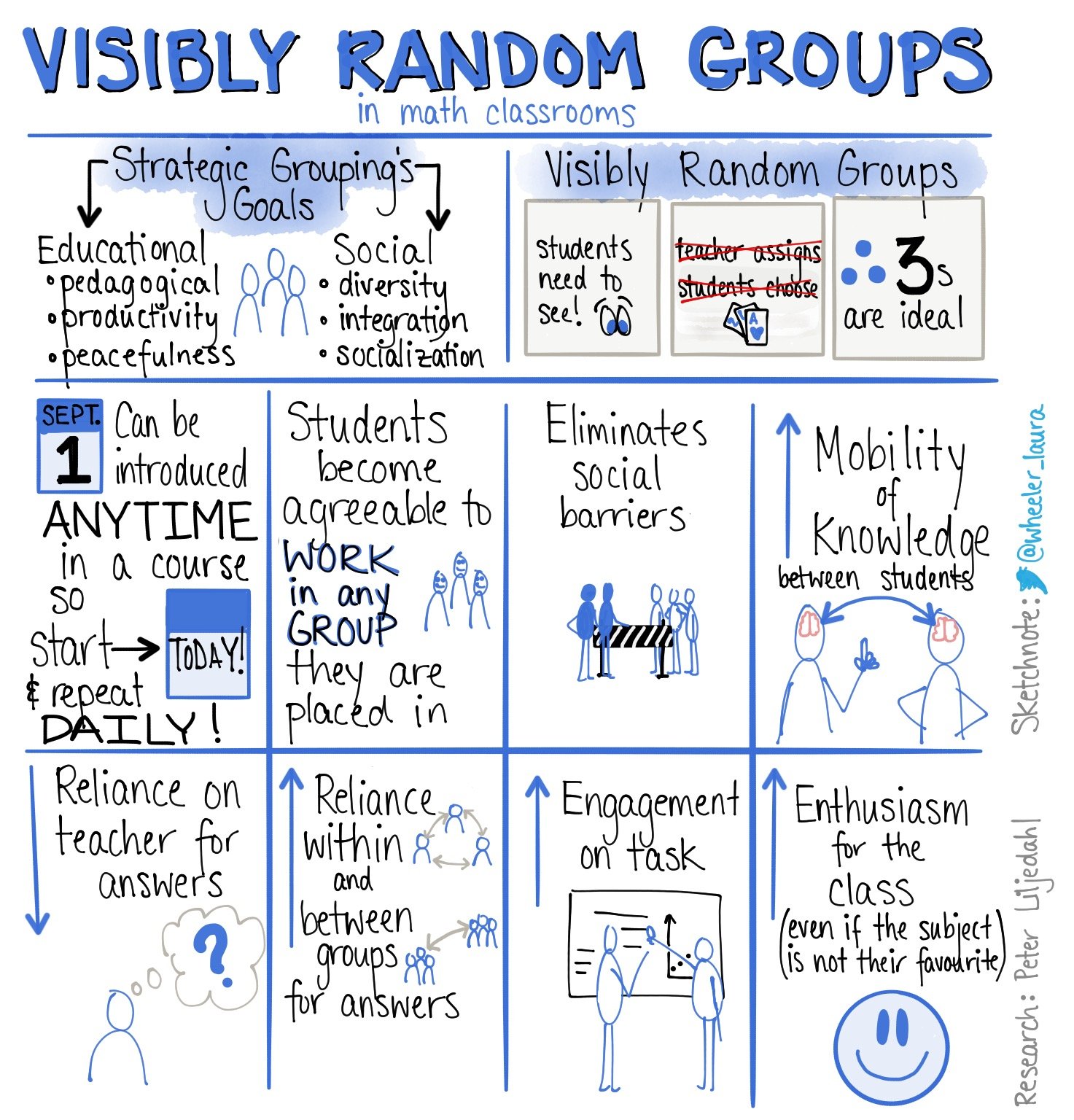Practices That Create Thinkers
As a math curriculum coordinator, I see all of the hard work that teachers are doing, and I try to get feedback from teachers every day on what students are struggling with and what support they need. From working with students and teachers K-5 day in and day out, there have been some little tweaks we have figured out together to help students think for themselves and make big gains as learners and mathematicians.
Wait Time
The biggest thing I have seen that is a game changer for students is when teachers give them wait time. Last week I was modeling a number sense routine with 3rd grade students at a campus, and they timed that I waited for 7 minutes! According to research in this article, teachers give between 0-2 seconds of wait time before they call on a student! Now obviously there is a balance between those two amounts of time, but we need to make sure that we are giving ALL students the ability to think and holding them accountable for that.It can be really uncomfortable to wait, but it gives students the opportunity to think more deeply.
Sketch note created by Valentina Gonzalez, @ValentinaESL: http://elementaryenglishlanguagelearners.weebly.com/blog/wait-im-not-ready
2. Communication/Collaboration
To help students be thinkers, we can build in times for them to communicate their thinking with each other. Sometimes this is called “writing in the air” or “rehearsing”. This can be equated to when we are processing an email that needs to be sent to a parent. We go and talk it out with a colleague to gather our thoughts/adjust our thinking. Then we go write the email and it is communicated in a more organized way. One structure that really helps with this is Task and Share. I will share some resources for this structure next week. Peter Liljedahl talks about structures for this in his book, Building Thinking Classrooms. His research shows that students working in random groups of 3 is also a component of high levels of engagement in this type of structure.
3. Questions/Prompts from the Teacher
There are tiny tweaks we can make to the language we use to help students to do the thinking.
Instead of….
What happened first?
What operation is it?
How many miles were there?
Is that number the total or a part?
We can use prompts like…
Good mathematicians re read.
Is there an anchor chart that can help you?
Is there a manipulative you can use to help you think through it?
Is there a representation you can draw to help you figure this out?
Good mathematicians re read. (I said that one twice on purpose.) :)
I’ll leave you with this saying, “The one who is doing the talking, is doing the thinking.” Sometimes we just have to be quiet and let students get to work. I know that I am always surprised with what they are capable of if we set the conditions just right. Happy Tuesday!




